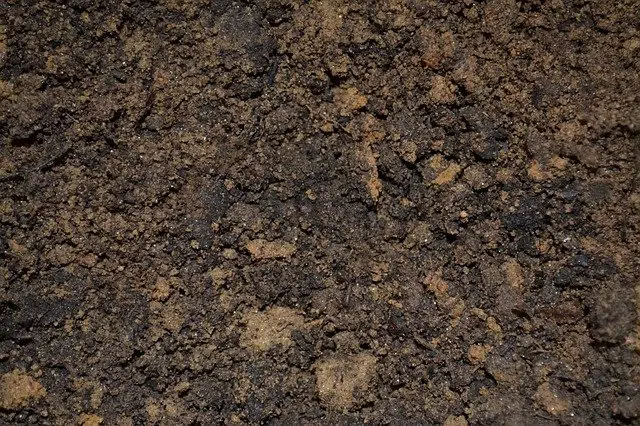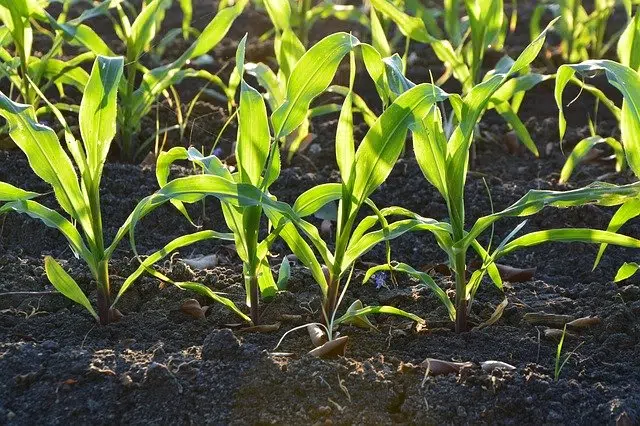
The "edaphic system", the layer that covers the Earth's crust
The Greek word édaphos (which can be translated as “soil” ) derived from edaphikós (referring to that linked to a cultivated land ). That is the closest etymological antecedent of edaphic , a term that in our language refers to what concerns the soil , especially in relation to plants .
Edaphic system
The soil, in this framework, constitutes what is known as the edaphic system . This is the superficial layer that covers the Earth 's crust, with a thickness that varies according to the area.
The edaphic system is composed of inorganic substances and organic substances . In the first group we find minerals and air, while organic matter includes microorganisms, plant remains, etc.
Edaphic conditions
Biological activity, climatic characteristics and topography affect the characteristics of the edaphic system. To mention the soil properties that can be measured, we specifically talk about edaphic conditions .
In this way, edaphic conditions are defined based on humidity , pH, salt concentration and other characteristics of the soil. Knowing this data is essential when developing crops.
Edaphic life
This concept refers to the presence of organisms that adapt to the conditions that exist beneath the ground. In this sense we have different changes or alterations that several of them share, such as the loss of the appendages that would be necessary to move around the land. Let's look at some of them below:
* appendages for digging : just as they may lose those that they would have previously needed to walk or climb, they may develop others on their legs that allow them to move by digging the ground. This can be complemented by the appearance of some mouthparts;
* movement through cavities : cavities are empty spaces of a solid body, which can originate naturally or artificially. Edaphic life requires adapting to moving through these spaces, for which it is possible to adopt a cylindrical shape that advances by contracting and retracting . If the cavities are aquatic, the organisms become flat or spherical and combine crawling with contractions to move forward;
* anophthalmia and microphthalmia : the first of these terms is used in the field of medicine to talk about the total absence of one eye or both. The second, on the other hand, refers to a too small size of the eyes, an anomaly that in this case occurs for the purpose of adaptation to the edaphic environment . In other words, in this case the organism experiences a partial or total loss of its vision, because it no longer needs this sense in its new habitat.
Related concepts
The idea of edaphic factors , meanwhile, refers to the issues that affect the abundance and distribution of fauna and flora in a piece of land . The water table, porosity and texture of the soil are edaphic factors.

"Edaphic factors" influence the abundance of flora and fauna
Edaphic survey, edaphic profile y edaphic resource son otras expresiones que suelen utilizarse en distintos ámbitos. La agriculture, la oenology y la archeology, por ejemplo, apelan a este tipo de conceptos.
Soil surveys, for example, are part of certain excavation projects, and more than one is carried out per activity. Its objective is to allow researchers to know the evolution of the area of a deposit, as well as the filling of a sedimentary basin, but in general the disposition of the soil. Through this practice they also collect soil samples to look for remains, such as charcoal and seeds, that teach them the evolution of human activity in the area throughout history.
